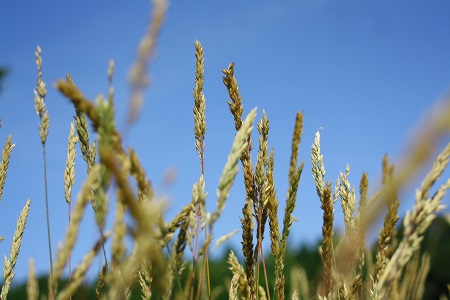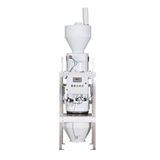"Wheat crops worldwide are vulnerable to this fungal disease and it has ruined entire harvests in Africa and the Middle East," said Pro Harbans Bariana, from the university's Faculty of Agriculture and Environment.
"The promise of creating wheat with greater resistance to stem rust is of major importance to the agricultural industry."
Prof Bariana's student, Dr Sambavisam Periyannan, conducted research in a collaboration with the faculty's academics, CSIRO and scientists from the US and China on the molecular cloning of stem rust resistance gene Sr33.
The results were recently published in the journal Science.
The researchers' goal was to understand the molecular structure of a gene that exhibits resistance to the most important stem rust strain, Ug99. An estimated 90 per cent of the world's wheat harvest is vulnerable to Ug99.
The international research team used a gene from goat grass, a plant related to wheat. Goat grass was common over 5000 years ago but is rarely grown today and is a prohibited plant, considered a weed, in Australia.
"Colleagues at the CSIRO confirmed the cloning of Sr33 by inserting it in a modern wheat variety then testing it for stem rust," Prof Bariana said.
"Australia has been more aware of the risk of stem rust than many other countries because of an epidemic in south-eastern Australia in 1973, which led to the creation of the National Wheat Rust Control Program."
While Australian researchers continued to work on creating resistant strains, the rest of the world's wheat community experienced a wake-up call in 1999 with the detection of the highly virulent Ug99 race of stem rust in Uganda.
The latest edition of Science which reported the university's collaborative research, also describes an American study identifying a different gene, Sr35 in a plant related to wheat and able to provide good levels of stem rust resistance.
"It is in the long-term interest of wheat breeders to develop varieties with broad spectrum resistance through combinations of different genes, but to do that we need to understand the nature of resistance genes," Prof Bariana said.
"These studies have delivered robust markers to combine Sr33 and Sr35 in future wheat varieties.
"This latest research marks significant progress towards that long-term goal."
Dr Sambavisam Periyannan is lead author of the Science paper. Contributing authors from the Faculty of Agriculture and Environment are Prof Harbans Bariana, Prof Robert McIntosh and Dr Urmil Bansal.













